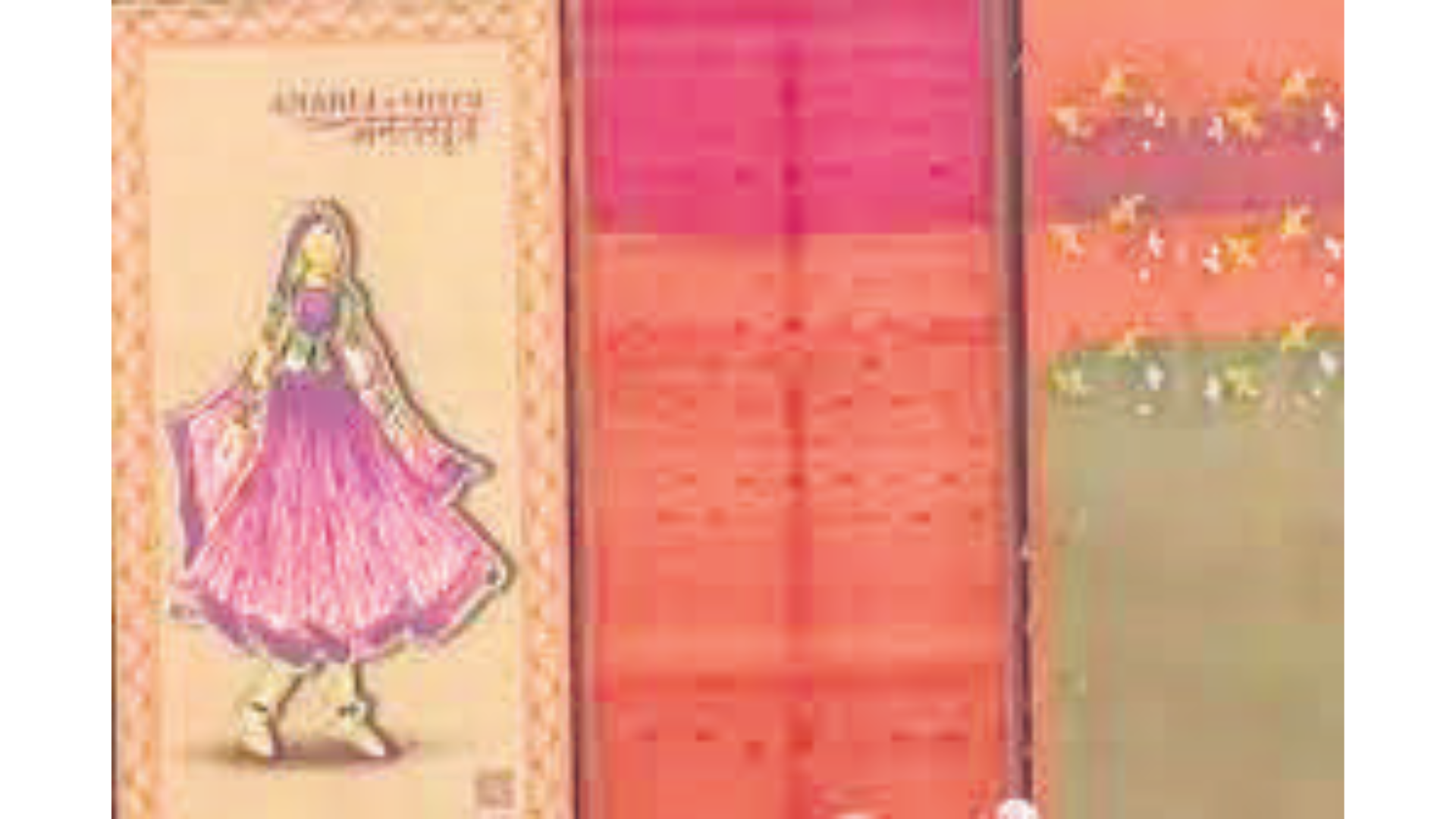The rustle of the saree is a symphony of heritage, echoing through generations, reminding us of the power of tradition in a globalized world. The Indian saree, with its vibrant colours, intricate designs, and flowing elegance, is more than just a garment; it’s a timeless tapestry woven with history, tradition, and cultural significance. Its journey transcends millennia, starting from a humble drape donned by women in the Indus Valley Civilization to gracing the modern fashion scene and international cultural events.
This captivating attire not only holds a cherished place in Indian society but also acts as a bridge, fostering connections and celebrating India’s rich heritage across geographical boundaries. The saree stands as a testament to the timeless elegance woven into the fabric of India. An initiative like Anant Sutra, unfurling its visual spectacle on Republic Day, illuminates not just the beauty of the saree but also its profound connection to the rich tapestry of the nation.
On Republic Day, Anant Sutra unveiled a visuallystunning tribute to the sari, showcasing nearly 1,900 sarees and drapes from every corner of India along the Kartavya Path. This installation, a celebration of heritage and diversity, echoed the sentiment that the sari is not just an article of clothing but a timeless gift to the world of fashion. The word “sari,” echoing from the depths of Sanskrit, translates simply to “strip of cloth.”
However, within the folds of these six to nine yards, Indian women, and a few men, find much more than a piece of fabric. The saree is a symbol of national pride, an ambassador of traditional and cutting-edge design, and a reflection of the myriad differences that define all of India’s states and UTs. Each sari tells a unique story, woven into its very threads, reflecting the society and people around it.
Whether it’s the intricate weave of a Banarasi silk saree to ‘Moirang Phee’ from Manipur, in Varanasi, the heart of craftsmanship, weavers lean over old-school wooden looms—a testimony to tradition meeting timeless elegance. Contrastingly, in tropical Kerala, predominantly white sett mundu saris mirror styles predating 19th-century industrialization. West Bengal boasts Balchuri saris, adorned with trim inspired by designs found on the walls of the region’s ancient terracotta temples—a testament to the fusion of art, history, and fashion.
Saris are not mere garments; they are vessels of nostalgia and memory. Each sari evokes emotions, linking specific pieces with moments, events, or cherished memories. The touch of a certain fabric may transport one to the warmth of their grandmother’s embrace or the exuberance of a festive celebration. The saree, often regarded as women’s attire, Like the pallu that gracefully trails behind, the saree’s impact leaves a lasting impression on the global stage. Men are equally related to sarees as they are to women.
A kid in Indian society is raised by his mother’s anchal and learns to view the world by clinging to his mother and grandmother’s pallu from an early age. Saree’s Aanchal becomes his emotional support system that he would need throughout his life. It gives him strength and forges an unbreakable bond with this apparel.
Draping a saree is an art, and there are more than a hundred ways to do so, influenced by the region, fabric, length, and the wearer’s activities for the day. The saree is more than a garment; it is a cultural symbol, a living legacy that evolves with time while staying rooted in tradition. As the saree continues to flutter through the streets of Mumbai, grace Bollywood screens, and adorn generations in Rajasthan, it stands as an ever-present emblem of elegance and cultural identity. The saree is not just a piece of clothing; it is a symbol of resilience, adaptability, and the enduring spirit of India’s rich heritage.
Each sari, a piece of cultural poetry, tells a tale of the society and people that birthed it. From the intricately woven Benarasi silk on jacquard pit looms to Manipur’s cotton-based ‘Moirang Phee’ crafted on throw and shuttle looms, every variation carries its unique characteristics, yet resonates with the same cultural significance. In a country where there are more than a hundred ways to drape a sari, influenced by region, fabric, length, and the wearer’s activities, these garments weave their way through the tapestry of Indian life.
From the bustling streets of Mumbai, where women on bicycles showcase a riot of colors, to the glitzy world of Bollywood, where actresses adorn themselves in elaborate drapes, and the vibrant family gatherings in Rajasthan, where generations are united through the common thread of the sari. The sari is not confined by nationality or belief; it is a universal symbol of elegance, bridging the past and present, tradition and modernity. Visitors enchanted by the vibrancy and mythology of saris can take home a piece of this cultural tapestry.
It is a testament to the universal appeal of the sari, a garment that transcends borders and weaves stories of heritage, pride, and enduring elegance. The saree, with its vibrant colors and flowing elegance, transcends borders, captivating hearts worldwide. Not just India’s national dress, it graces Sri Lanka and Bangladesh too. From Priyanka Chopra’s red carpet moments to Deepika Padukone’s Cannes appearances, iconic women have made their mark in the global fashion scene, proving the saree’s timeless beauty and cultural significance.
It’s a whisper of heritage, a canvas of self-expression, and a symbol of empowerment, forever draping the world in its magic. As we continue to cherish and celebrate this iconic garment, let us remember that every drape tells a story—a story of identity, tradition, and the enduring spirit of our land.
Dr Sachchidanand Joshi, Member secretary IGNCA

